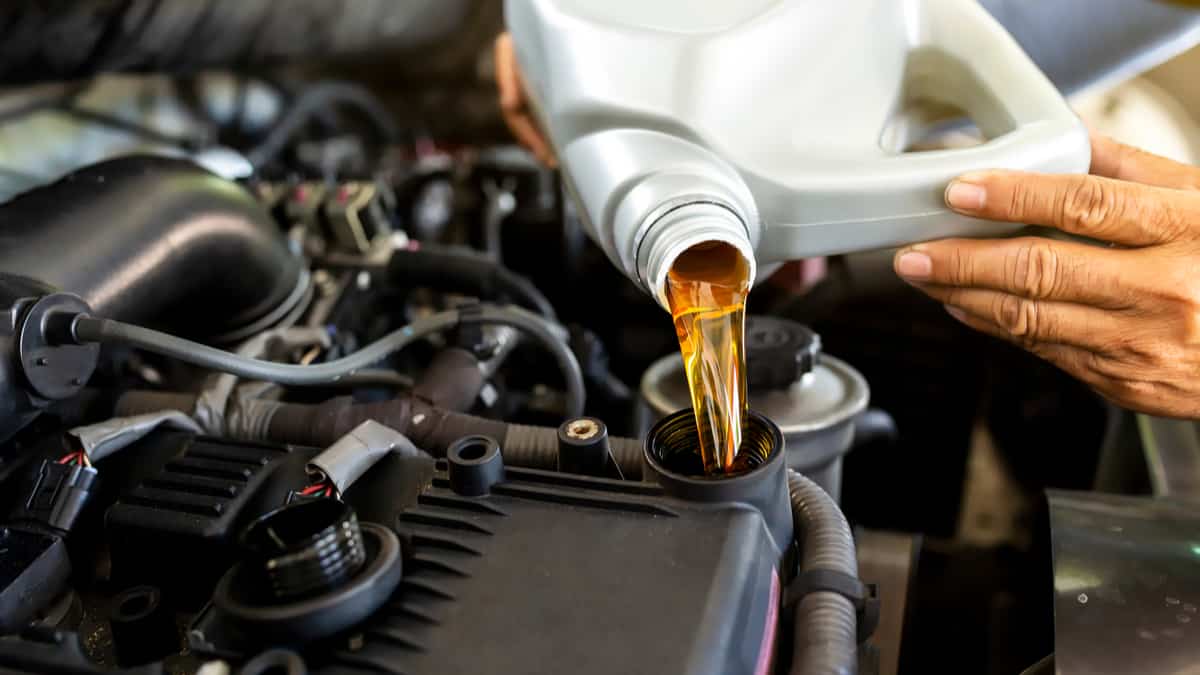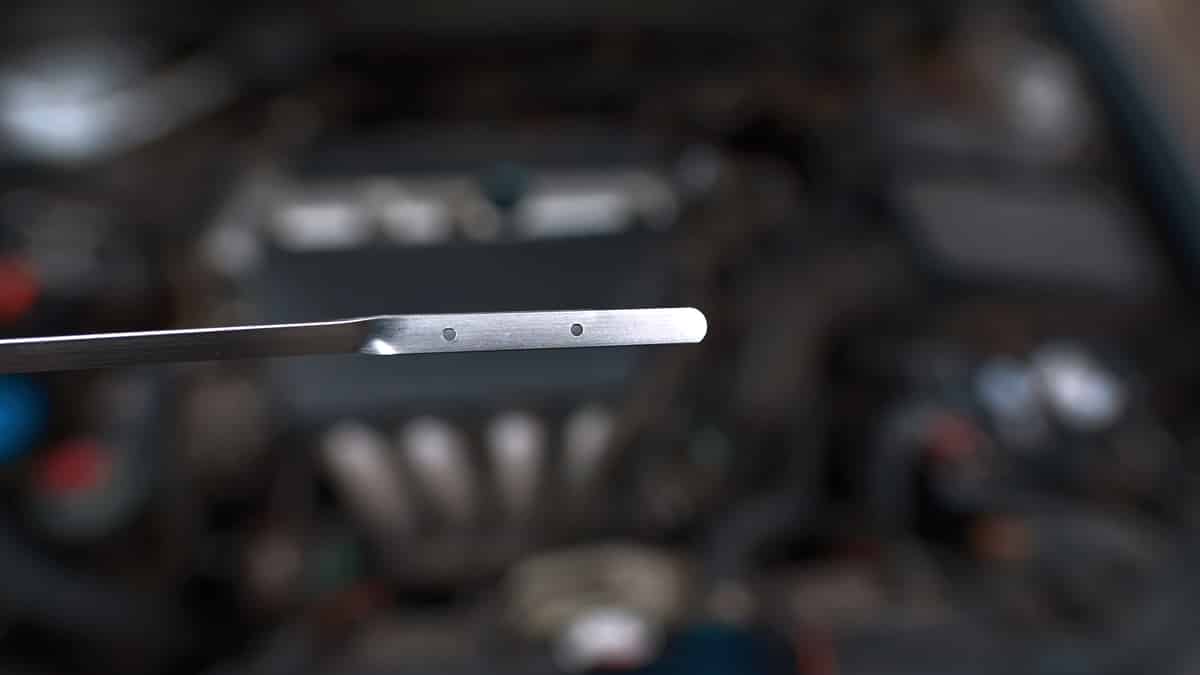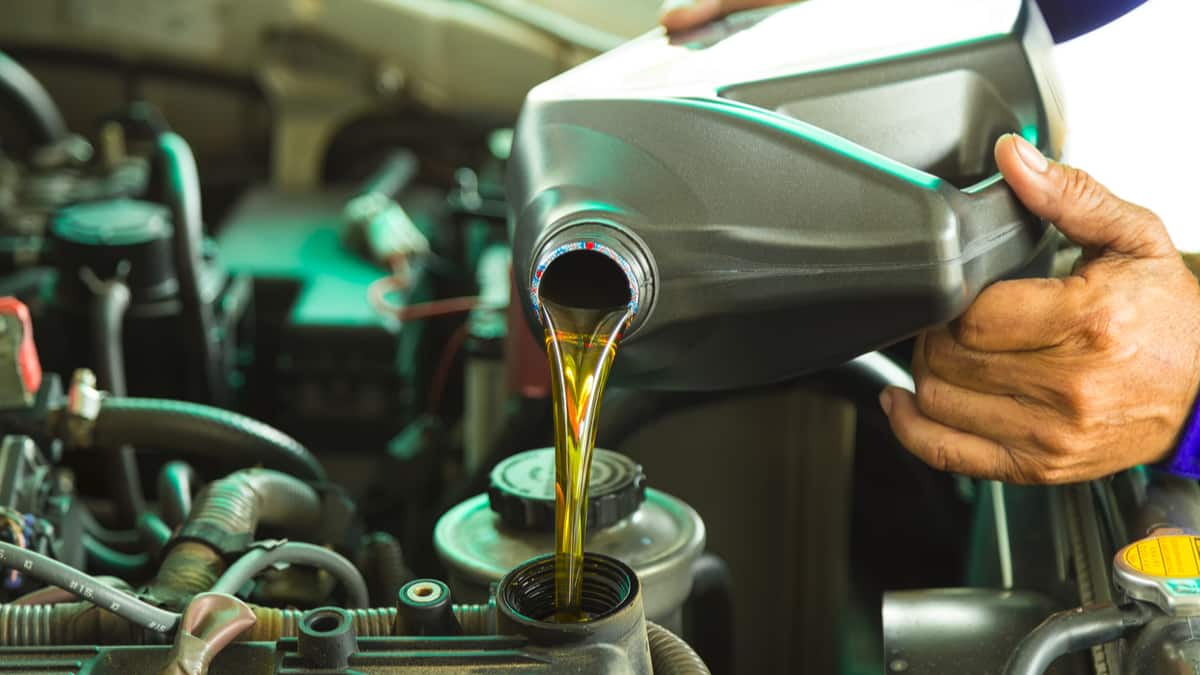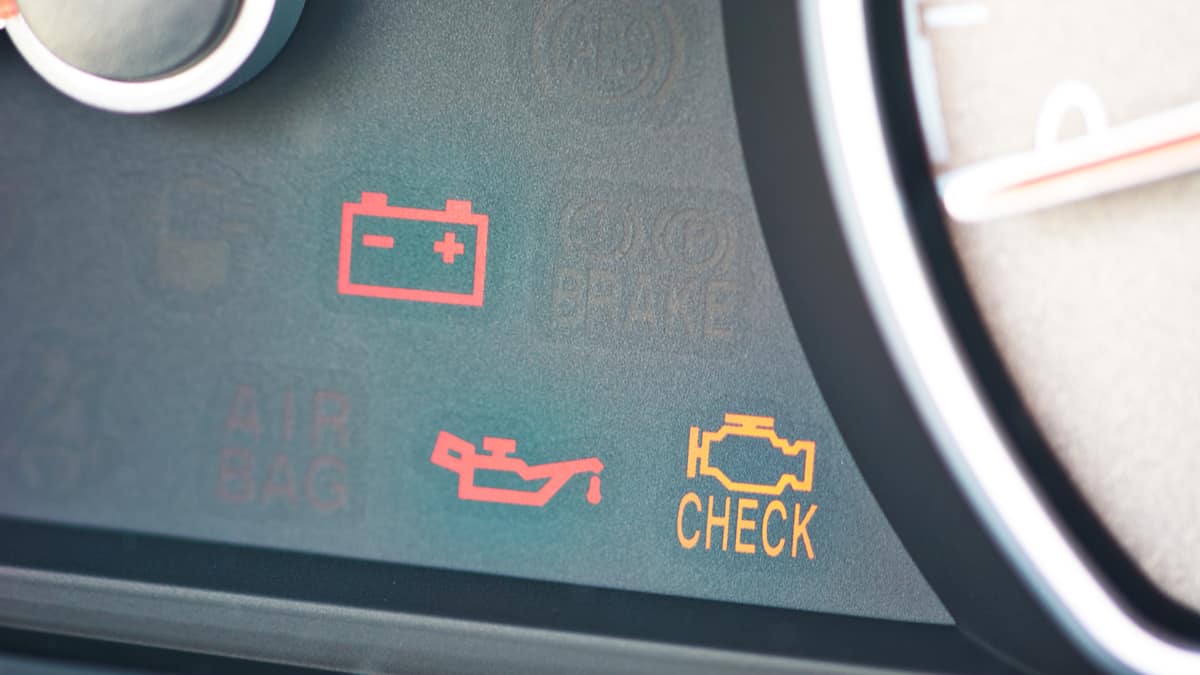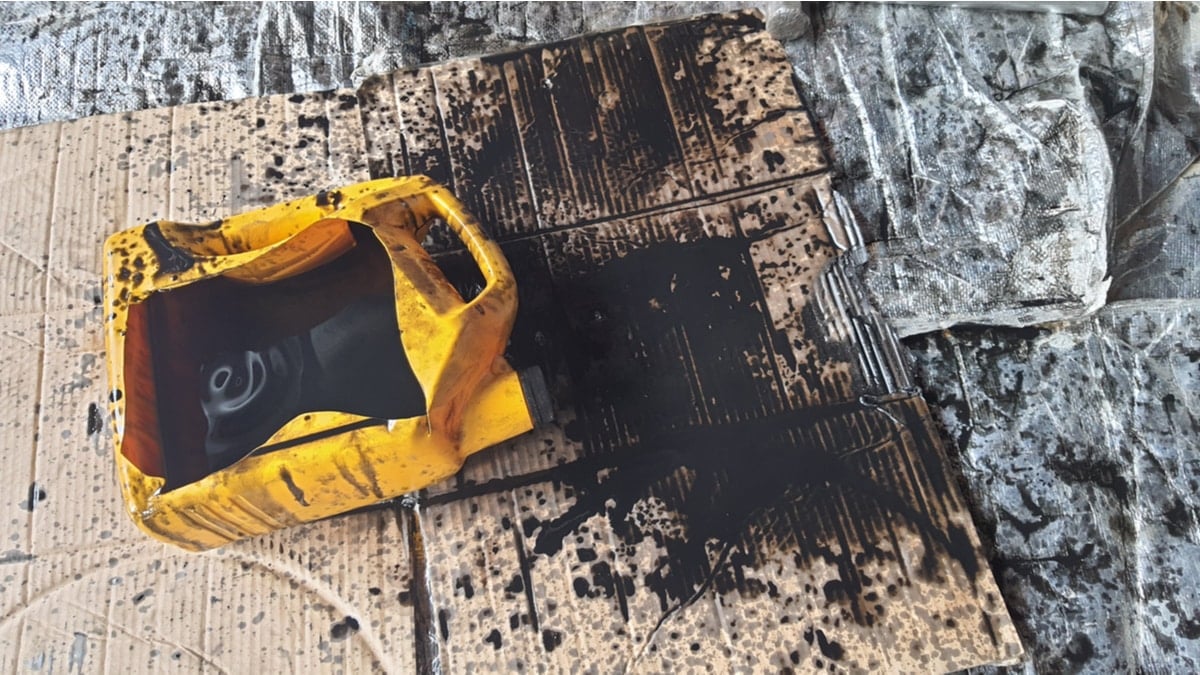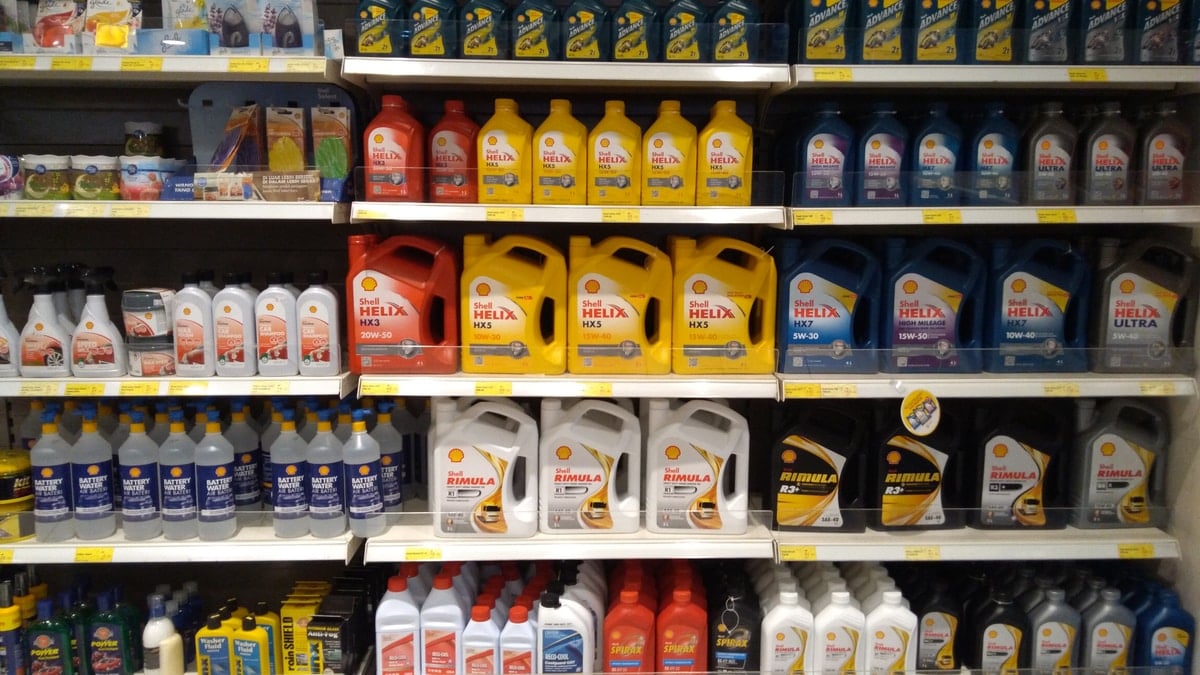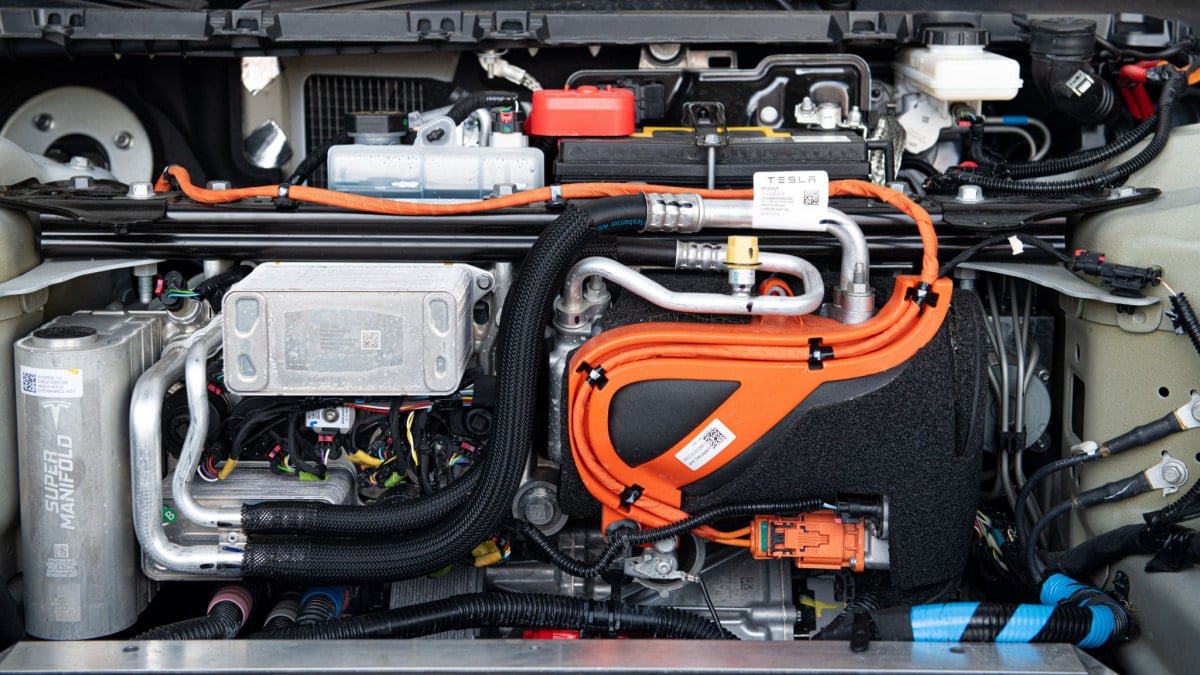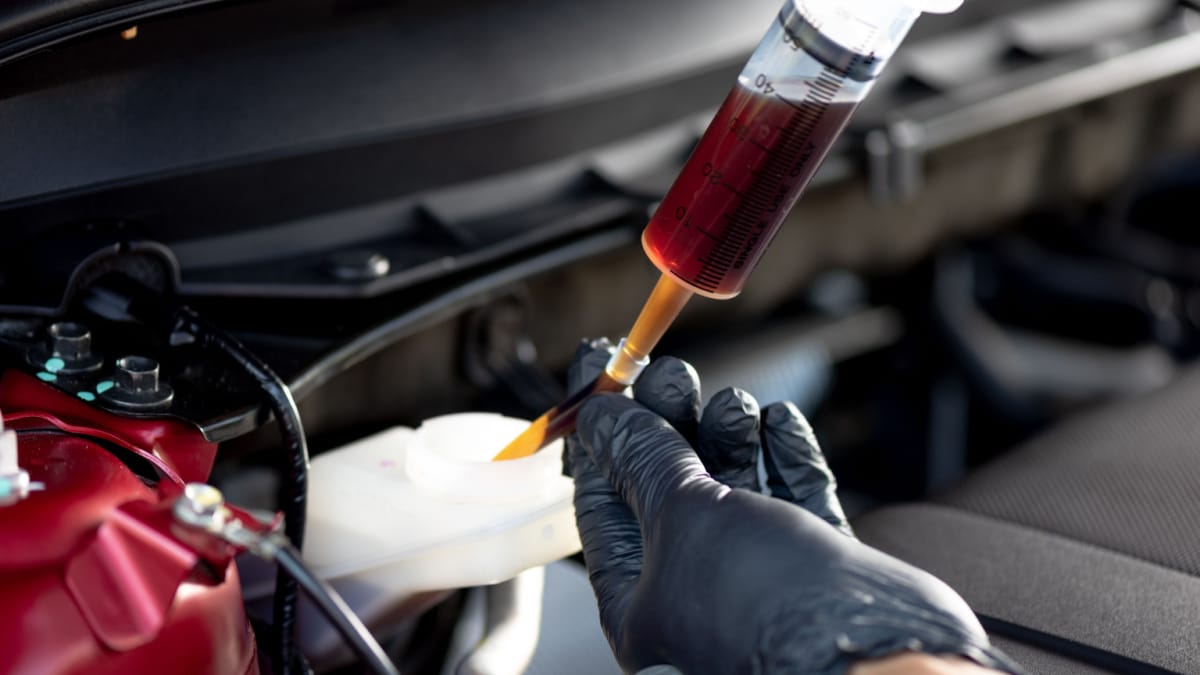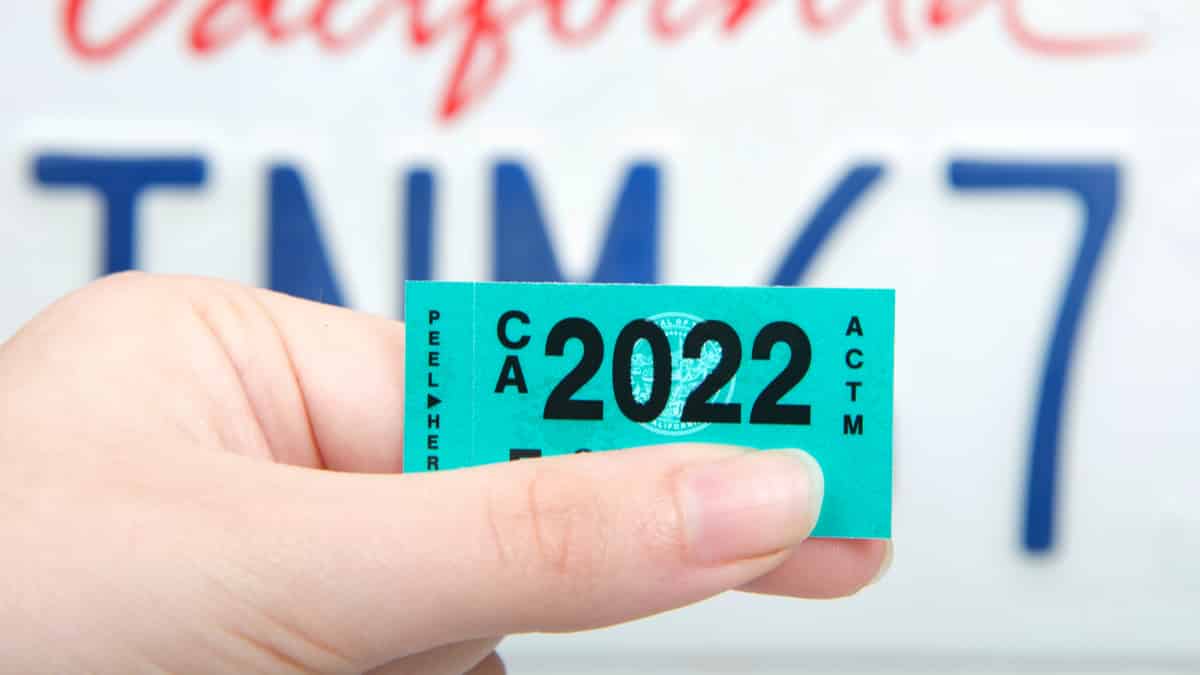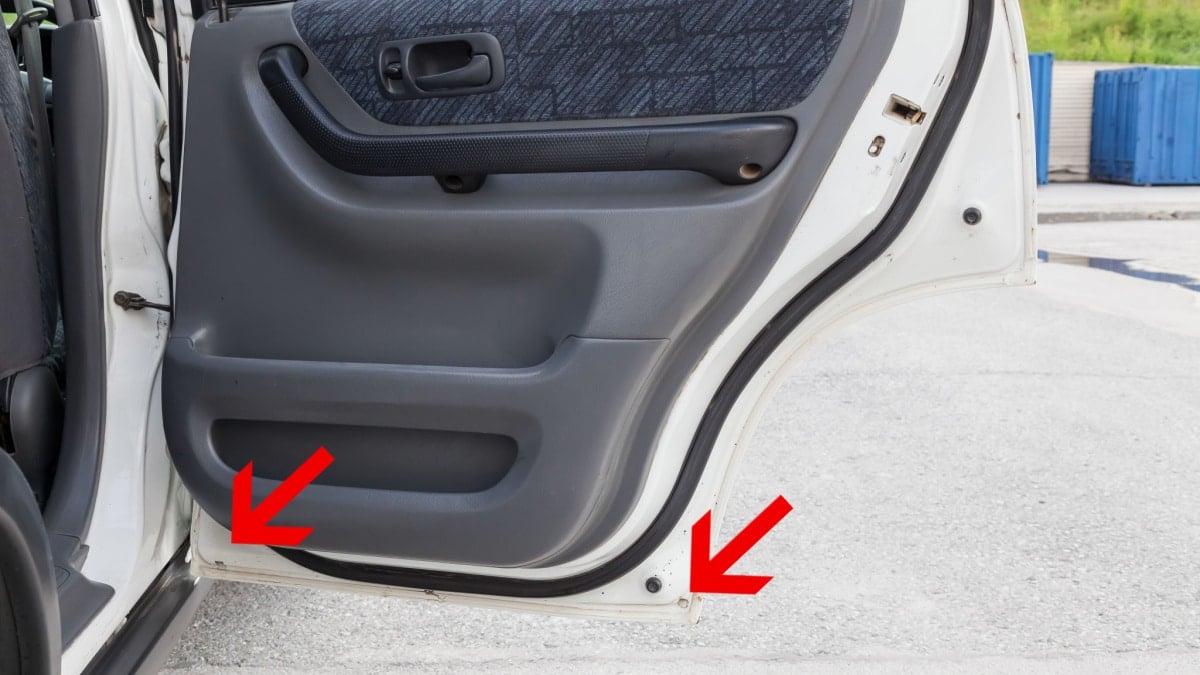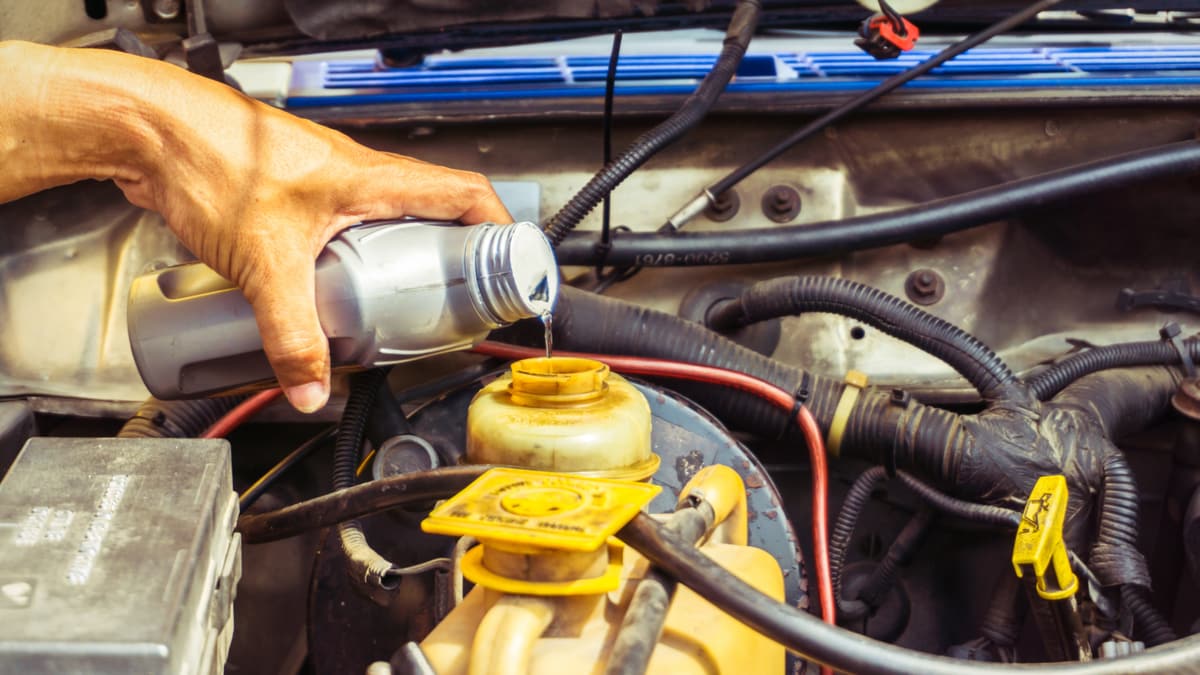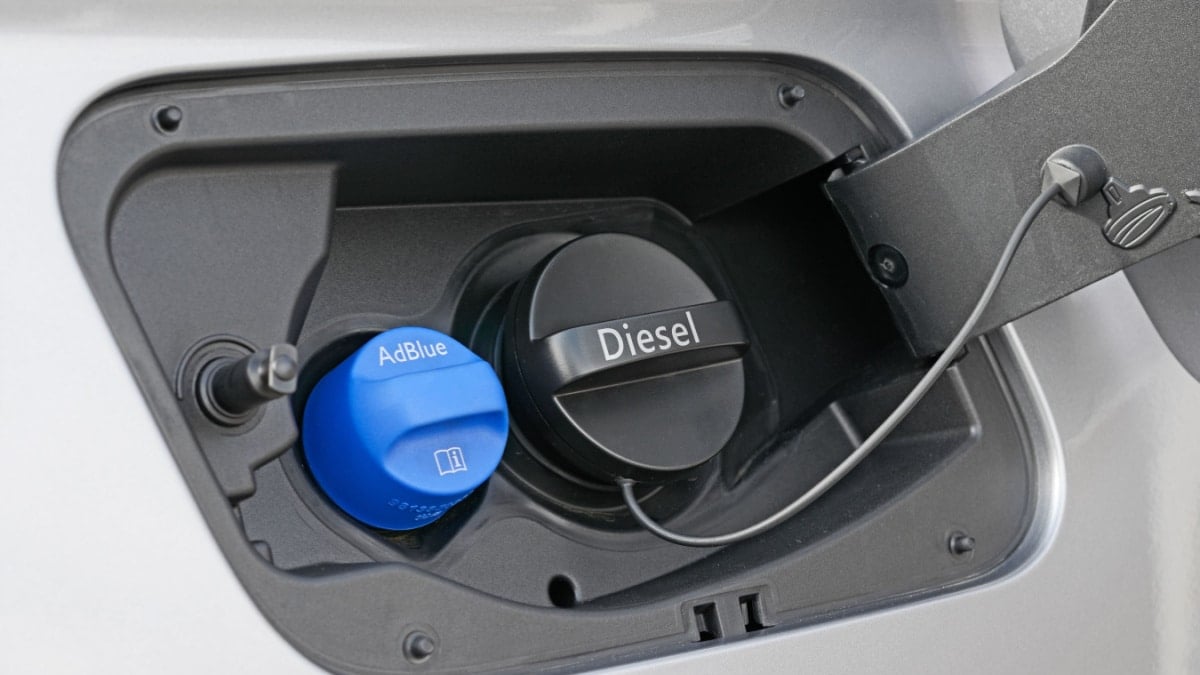If you want to do everything possible to protect your car engine, you need to know how to maintain it. How much oil does my car need, you might be asking? This is important to understand if you plan to do your own oil changes or you need to top off the system.
In this guide, we cover how much oil most engines need. We also look at where to find the specifications, so you can treat your vehicle right.
How Much Oil Does My Car Take?
It truly depends on what type of engine your car has. The majority of today’s engines will hold between five and six quarts of oil. However, compact four-cylinder motors can hold as little as four quarts, while a big truck engine could hold up to eight or nine.
Most four-cylinder motors are going to hold five quarts or less because the motor is smaller. In comparison, a bigger six-cylinder might hold around six quarts. On the high end of the spectrum, an eight-cylinder could hold five to eight quarts of oil.
Where to Find the Oil Capacity of Your Car Engine
1. Owner’s Manual
The traditional way of finding out what your vehicle needs is to read the owner’s manual. Not only will this manual tell you how much oil to use, but it will also show you what type is best.
If you have lost the manual or didn’t get it with a used car, you might need to try one of our other options. You can also buy a new one, possibly from eBay or another online platform.
2. Online Resources
There are plenty of ways to find the information online, with the web providing an outlet for anything you need. You can search a database on a local auto parts store website.
You can also Google the information and see what comes up. Just make sure you take the specifications from a reliable source, or you might find yourself in a jam. One reliable service you can use for free is Castrol’s website.
3. Mechanic
Reach out to your local dealership for help. The service department will be able to look up the information for you. It’s also possible that the parts department would be willing to help.
You will need to give them the car model, year and make. They may also ask for the engine size. If you don’t know all of this, simply provide them with the VIN or vehicle identification number.
Remember, you don’t have to be stuck with the dealership. If they don’t provide the help you need, reach out to an independent mechanic instead.
Signs It’s Time for an Oil Change
Why do you need to know how much oil is in your vehicle? When you perform an oil change, you will need to refill the system. Here are a few signs that indicate it’s time to drain and refill the oil with the appropriate amount.
- Oil light comes on. This indicates that the oil level is low. You might need to change it or just fill it up a little.
- Oil pressure gauge reads low. Not all vehicles are equipped with this gauge, but it’s helpful for learning when there’s a problem.
- Rough-running engine. By changing the oil, you help remove any deposits on the lifters that are causing a problem.
- Drop in fuel economy. As the motor oil gets dirty, it becomes harder for the engine to operate efficiently. You will notice a difference in the gas mileage your vehicle gets.
Any time the engine seems to be running rough or you notice a change in performance, you want to have the oil levels checked.
RELATED: How to Change the Oil in Your Car (5 Easy Steps)
What if the Motor Oil is Too Low?
You don’t want to run your engine with the oil low. It’s needed to lubricate the internal parts of the motor. Additionally, it’s needed to reduce friction in the motor. What you might not know is that motor oil also works to keep the engine running at normal temperatures. For these reasons, you need motor oil for the engine to run its best.
For a short time, you can run the engine without a full reading, but only if it is mildly low. You don’t want to run it more than a quart low for any reason. Otherwise, you are going to put more wear on the engine, especially at startup. You could also damage the valuable engine parts, such as the valves, cam bearing and lifters. If you end up needing an engine rebuild, this is going to cost far more than if you put a quart of oil in the vehicle.
What if the Motor Oil is Too High?
On the opposite end of the spectrum, it’s possible to overfill the engine. You might think that there’s no such thing as too much of something, but that’s not the case with your motor. When there’s an excessive amount of motor oil in the crankcase, the crankshaft and pump start to aerate it. The motor oil turns into a frothy mixture.
RELATED: Put Too Much Oil in Your Car Engine? (Here’s What to do)
This mixture creates a massive amount of air moving among the components of the engine. The oil pump is going to pick up much of the air as it is moving the oil. Additionally, if you are traveling at higher speeds, such as on a highway, the crankshaft starts to turn as much as twenty times per second. This leads to even more aeration. As the oil becomes bubbly and frothy, it can no longer lubricate the internal parts as well, causing severe engine damage along the way.
The oil level should always read between the two lines on the dipstick. These lines should read something like “Full” and “Add.” If the levels aren’t at these markers, you must take action to protect the car engine from damage.
Categories: Engine Oil, Maintenance
